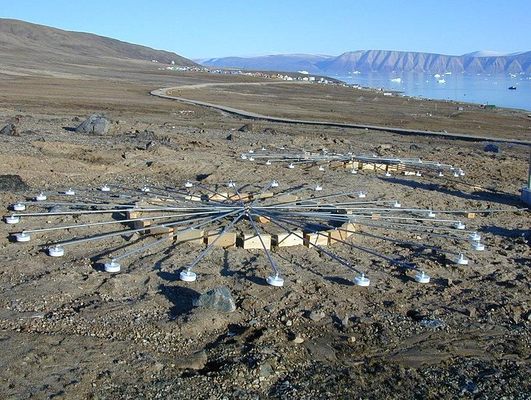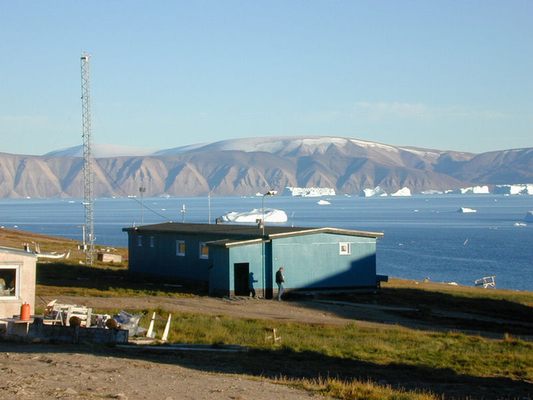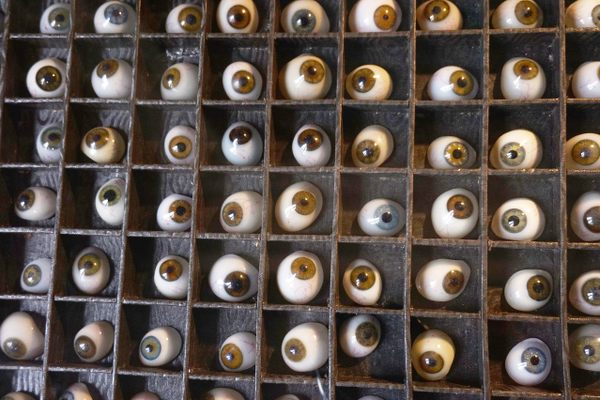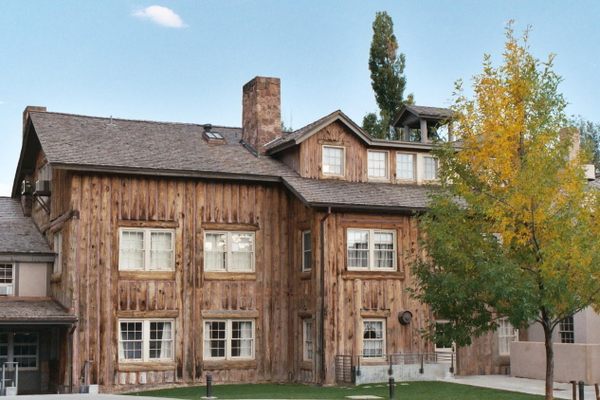About
The terrain at Qaanaaq is treacherous and harsh; there's no way in but by helicopter. Once there, one is met with unpaved roads that demand a four-wheel drive vehicle on a good day. Locals keep to the traditional way of life, subsisting on fresh-caught seal, polar bear, and narwhal… yet this desolate outpost in remotest Greenland is home to one of the world's most high-tech listening devices, tasked with saving humanity from itself.
Located along the coastline just outside the village of Qaanaaq – which bears the additional distinction of being the world's most northerly palindrome – the sole purpose of Infrasound station IS18 consists of listening to the planet's groans that occur at frequencies too low for the human ear to detect, occurring within the range of 20 Hz down to 0.001 Hz.
Qaaanaaq's eight-element array is divided into two sub-arrays bolstered by wind reduction technology, all of which are linked to a Central Processing Facility (or CPF) that churns out data around-the-clock to a central terminal in Qaanaaq proper. But why put such an extremely space-age device in a village accessible only by helicopter, whose locals subsist largely on narwhal, seals, and polar bears?
In its most practical application, IS18 is part of a network of highly specialized sensors charged with monitoring the globe for atomic blasts, as set forth by the Comprehensive Nuclear-Test-Ban Treaty Organization (CTBTO). Around the clock, the array monitors the entire world for distinctive blast patterns produced by such explosions, as their unique pattern of ultra-low frequency sound waves persist even when ricocheting through the Earth's surface.
More broadly, the range of sounds IS18 can detect doesn't only include mankind's attempts to annihilate itself. Infrasound is used to trace earthquakes, locate petroleum deposits based on their movements, and monitor the human heart in ballistocardiography. When viewed in this light, it seems like Greenland's observatory at the end of the world is keeping tabs on the pulse of us all, perhaps on an even more enormously important scale than we thought.
Related Tags
Published
January 21, 2016
















